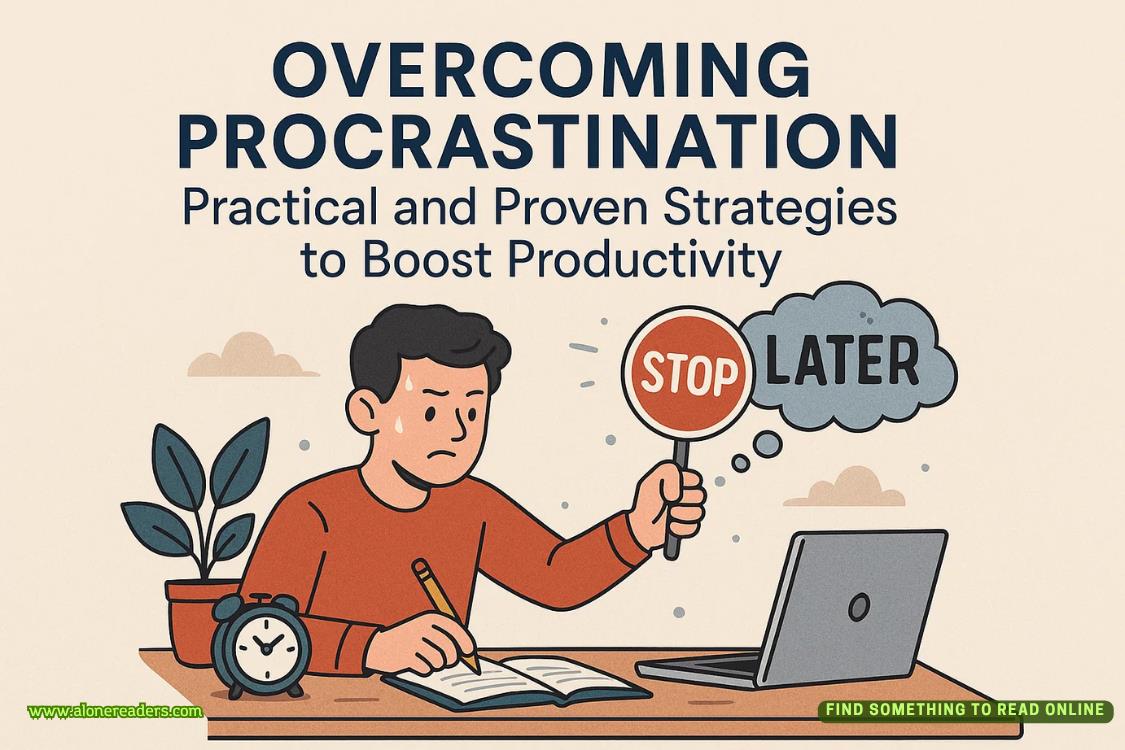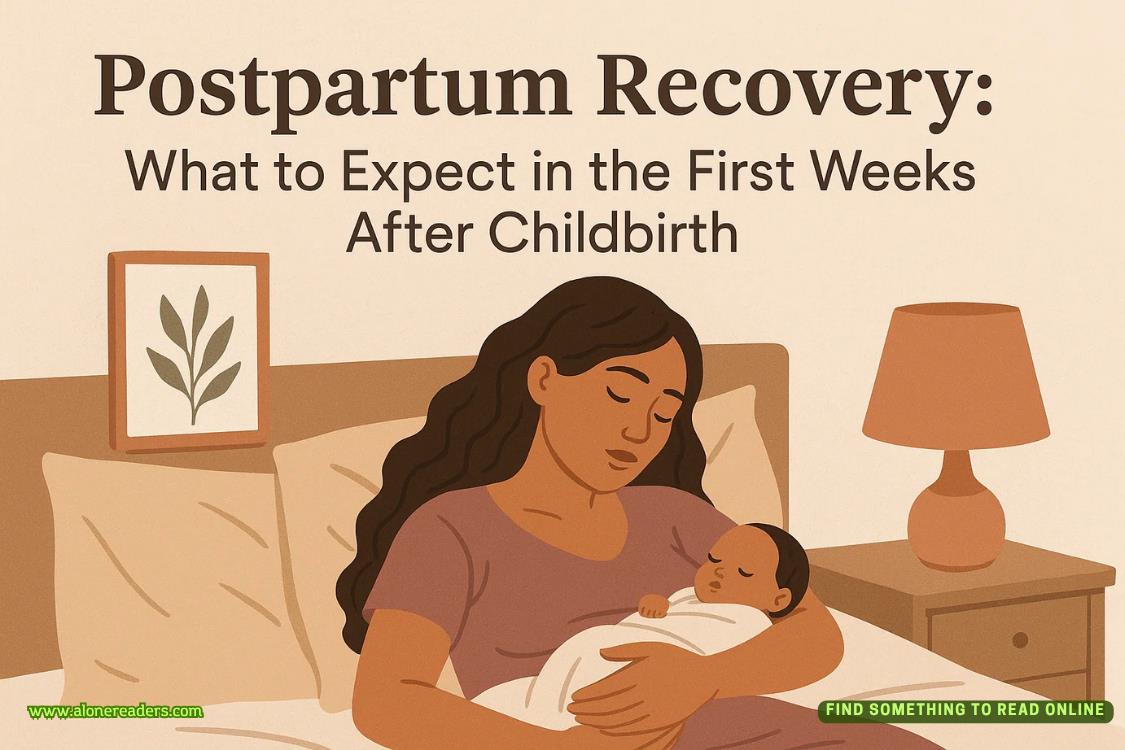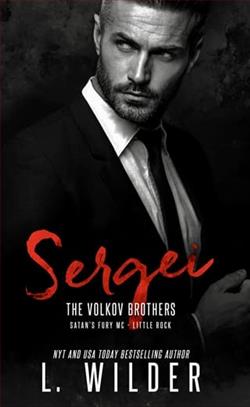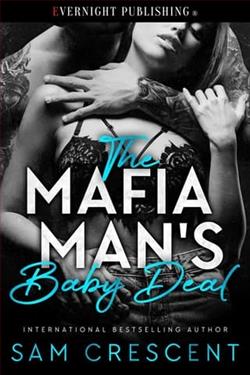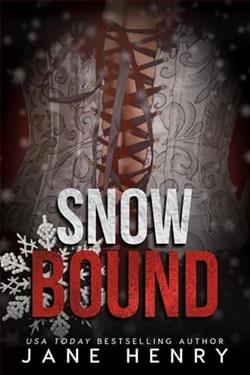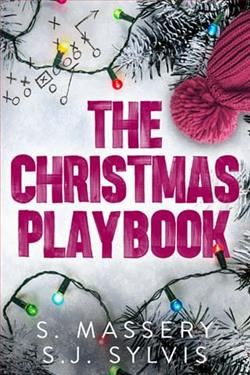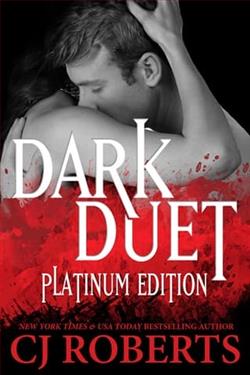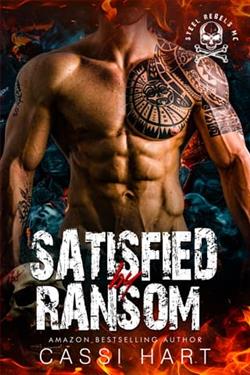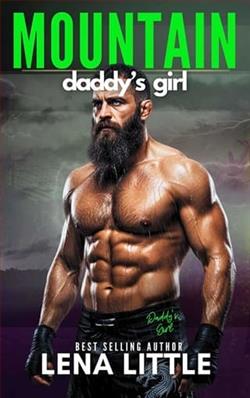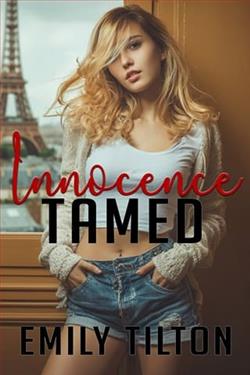Page 1 of The Christmas Invitation
Prologue
Incised in Stone
5 January 2016
It was Twelfth Night and an icy wind prowled around the Red House, occasionally causing a soft susurration of snowflakes against the window, or howled menacingly down the chimney.
‘You have no teeth to harmme,’ murmured Clara Mayhem Doome. ‘You can huff and you can puff, but you can’t blowmyhouse down.’
Lass, her husband’s spaniel, who had been temporarily banished to Clara’s study from the hall while the huge Christmas tree was denuded of its baubles and tinsel, politely thumped her undocked tail on the floor.
‘Blast,’ added Clara, realizing that her microphone was still on and her words had been added to the end of her current crime novel as a strange postscript to the grand finale.
She deleted it, then switched off both microphone and computer and lay back in her chair, feeling that fleeting moment of catharsis that all authors experience after writing the finalwords of their current book … before the urge to start a new one sneaked in to occupy the empty space.
Professor Clara Mayhem Doome was a large, vigorous woman in her late seventies, with a boldly curved nose, bright dark eyes and a mass of silver-streaked steel-grey curls. She was clad in scarlet corduroy trousers and a rainbow-striped Peruvian jumper, across which marched a procession of llamas. This, together with the big silver sun and moon earrings she wore, had been this year’s Christmas presents from her husband.
The room was spacious, warm and well lit, the walls lined with bookshelves and illuminated cabinets that contained chunks of stone, clay, wood and other hard substances, incised with the strange shapes of ancient writing. Clara was a world-renowned epigrapher, whose passion for deciphering anything not written on paper had become her career. She liked a little more dimension to her work, and thought that palaeographers, like her friend – or frenemy – Pookie Longridge, had chosen the flat and boring option.
Clara’s large U-shaped desk was in the centre of the room, facing the long windows on to the garden, and the computers, monitors and laptop it bore reflected the different facets of her nature.
To the left, with an old-fashioned ball-and-stick microphone before it, was the computer devoted to the writing of her annual crime novel, which was her main hobby. In the centre was a huge monitor on which she could examine in minute detail photographs of bits of pottery, clay tablets or other inscribed surfaces, and which she could also move about like a virtual jigsaw puzzle until they fitted together. She was uncannily expert at spotting a ‘join’, as they were called. The computer to which this was wired was entirely dedicated to her profession,including the writing of her more erudite books, papers and articles. Her most recent book, in which she set out a new timeline for the development of three interlinked early forms of writing, had not so much set the cat among the pigeons in her field, but rather detonated a small explosion, leaving feathers everywhere.
The laptop on the right-hand wing of the desk was used to email friends and family, surf the internet and store personal photographs. She preferred things to be in compartments and imagined her mind as a richly nectared honeycomb of interconnecting hexagonal cells.
It was still only eleven in the morning, yet she had already studied the photographs of a few broken fragments of baked clay inscribed with cuneiform, which a colleague in the States had emailed to her, then sent back her opinion, after which she’d dictated the final chapter of her novel.
There was still a good hour before she could decently eat lunch, though good smells were wafting from the direction of the kitchen.
Cheese and onion pies, she thought, and perhaps some of Den’s special savoury scones for tea later.
The sound of Henry’s mellow and resonant voice and the higher treble of her great-nephew, Teddy, moved off towards the front of the house, so they must have finished with the hall tree and were about to start on the smaller, artificial one in the bay window of the drawing room. Henry, who adored Christmas and collected vintage and antique glass baubles, hung some of them each year on this smaller tree, and removing them carefully and restoring them to their storage places in his study would take some time.
Later in the day, her nephew Lex would help take down the Christmas trees and store the boxes of decorations in one ofthe attics. This substantial Victorian Gothic house wasn’t short of those.
It had been another lovely family Christmas. She and Henry might have no children of their own, but her nephew and niece, Lex and Zelda, more than made up for that. And now, with Zelda’s little boy, Teddy, living with them, there was a child in the house again to make Christmas extra special.
The room was warm and bright, the clock ticked and time seemed to ripple around her. In moments like this Clara often found herself thinking more and more about the past and how it linked to her present life, a train of thought stirred up by the brief autobiographical introduction she had been asked to write for her last crime novel.
To her surprise she’d found that she actually had quite a lot to say about her life, not all of it suitable for publication. But it would be enjoyable to write her full and frank memoirs, if only for future generations of the family.
With Clara, to think was to act. Minutes later she had created a new document and was intoning the foreword to her autobiography into her microphone.
An Inscribed Life
The Memoirs of Clara Mayhem Doome
Foreword
Late last year I was asked by the publishers of my crime novels to write a brief autobiographical note, to be included at the front of my next offering, Dead Clay.
They wanted something more personal than the outline of my professional achievements that graces my more erudite works on epigraphy.
But to me, the interesting parts of my life have mainly been those written in stone … or sometimes baked clay. What insight, I wondered, would it bring to the readers of my novels, to know such trivia as where I was born, that I preferred toast to breakfast cereal and rarely watched the TV from one week to the next?
But my publishers insisted that indeed they would be fascinated by such details … and I have to admit that despite my initial reservations, the exercise stirred up all kinds of long-dormant memories.
My husband, the renowned poet Henry Doome, pointed out that he has been examining and chronicling aspects of his life (and,later, by association, mine) through the medium of his work since childhood, but that is hardly the same as setting down the facts.





